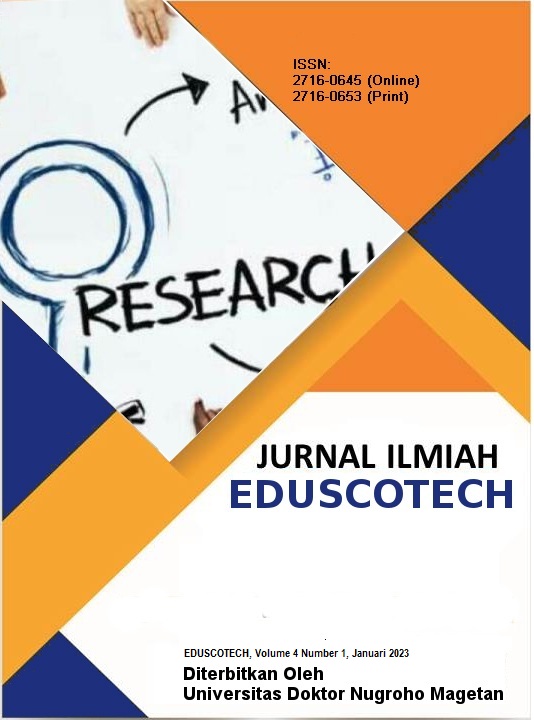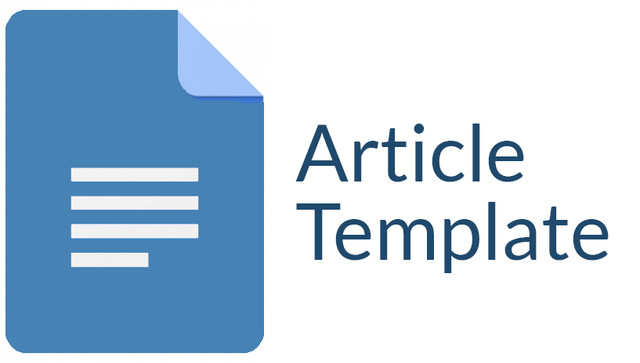Meningkatkan Kemampuan Berbahasa Anak Melalui Metode Dongeng Pada Anak Usia 5 Tahun Di TK Ngawi
Keywords:
Storytelling Method, Interactive Learning, Classroom Action ResearchAbstract
This study aims to improve language skills in 5-year-old children at TK Ngawi through the application of storytelling as an interactive and enjoyable learning strategy. The research employs Classroom Action Research with two cycles involving observation, implementation of storytelling activities, and reflection on the learning outcomes. The subjects were 20 children from the TK B group. During storytelling sessions, the teacher used various supporting media such as puppets, illustrative pictures, and props to capture the children's interest and attention. The children were encouraged not only to listen attentively but also to actively participate by imitating stories and confidently retelling them orally. The results indicate that storytelling significantly enhances vocabulary acquisition, the ability to construct coherent narratives, and increases the children's confidence in verbal communication in front of peers. This improvement is evidenced by the rise in average language proficiency test scores from the pre-cycle to the second cycle. Moreover, the interactive and enjoyable learning atmosphere motivates children to be more active participants in language learning. Success factors include the teacher's storytelling skills, varied learning media, and parental support reinforcing language stimulation at home. Therefore, storytelling is not only effective in enhancing language ability but also plays a vital role in developing children's courage and motivation in oral communication. The study recommends the regular implementation of storytelling as a language teaching strategy in kindergarten, emphasizing the need for enriched storytelling media and active parental involvement at home
Downloads
References
Zulfitria, & Fadhila, N. (2021). Meningkatkan Kecerdasan Linguistik Melalui Mendongeng pada Anak Usia Dini. Jurnal Instruksional, Vol. 3, No. 1.
Diakses dari: https://jurnal.umj.ac.id/index.php/instruksional/article/download/10359/5913
Rajeg TK IT Auladi Islami. (2023). Metode Dongeng: Peningkatan Keterampilan Berbahasa pada Anak Usia Dini Melalui Penggunaan Diksi dan Kalimat Efektif.
Diakses
dari: https://journal.unublitar.ac.id/pendidikan/index.php/Riset_Konseptual/article/downl oad/1185/664/
Laela, N., Wahono, & Sa’ida, N. (2023). Metode Pembelajaran Mendongeng Sebagai Upaya Meningkatkan Kemampuan Sosial-Emosional Anak Usia Dini. J-SES: Journal of Science, Education and Studies, Vol. 02, No. 03.
Diakses dari: https://journal.um-surabaya.ac.id/J-SES/article/download/20923/7202
Mayasari, L. (2020). Penggunaan Metode Dongeng dalam Meningkatkan Kemampuan Bahasa Anak. Jurnal Pendidikan Anak, 5(2), 112-120.
Diakses dari: https://jurnal.umj.ac.id/index.php/instruksional/article/view/7053
Nursalina, L., Wahono, & Naili, S. (2023). Metode Pembelajaran Mendongeng Untuk Meningkatkan Kemampuan Sosial-Emosional Anak.
Diakses dari: https://journal.um-surabaya.ac.id/J-SES/article/download/20923/7202
Rahmawati, I. (2022). Strategi Pembelajaran Untuk Meningkatkan Pengembangan Bahasa Pendidikan Anak Usia Dini Melalui Metode Bercerita. Sandibasa.
Diakses dari: https://jurnal.intekom.id/index.php/njms/article/view/1009
Tanjung, Y. P. (2022). Perkembangan Berbahasa Anak Usia Dini Melalui Metode Bercerita Di Raudhatul Athfal Nur Ilmi Kota Tebing Tinggi. Murabbi.
Downloads
Published
Issue
Section
License

This work is licensed under a Creative Commons Attribution-ShareAlike 4.0 International License.
Authors who publish with this journal agree to the following terms:
1. Copyright on any article is retained by the author(s).
2. The author grants the journal, right of first publication with the work simultaneously licensed under a Creative Commons Attribution License that allows others to share the work with an acknowledgment of the work’s authorship and initial publication in this journal.
3. Authors are able to enter into separate, additional contractual arrangements for the non-exclusive distribution of the journal’s published version of the work (e.g., post it to an institutional repository or publish it in a book), with an acknowledgment of its initial publication in this journal.
4. Authors are permitted and encouraged to post their work online (e.g., in institutional repositories or on their website) prior to and during the submission process, as it can lead to productive exchanges, as well as earlier and greater citation of published work.
5. The article and any associated published material is distributed under the Creative Commons Attribution-ShareAlike 4.0 International License









